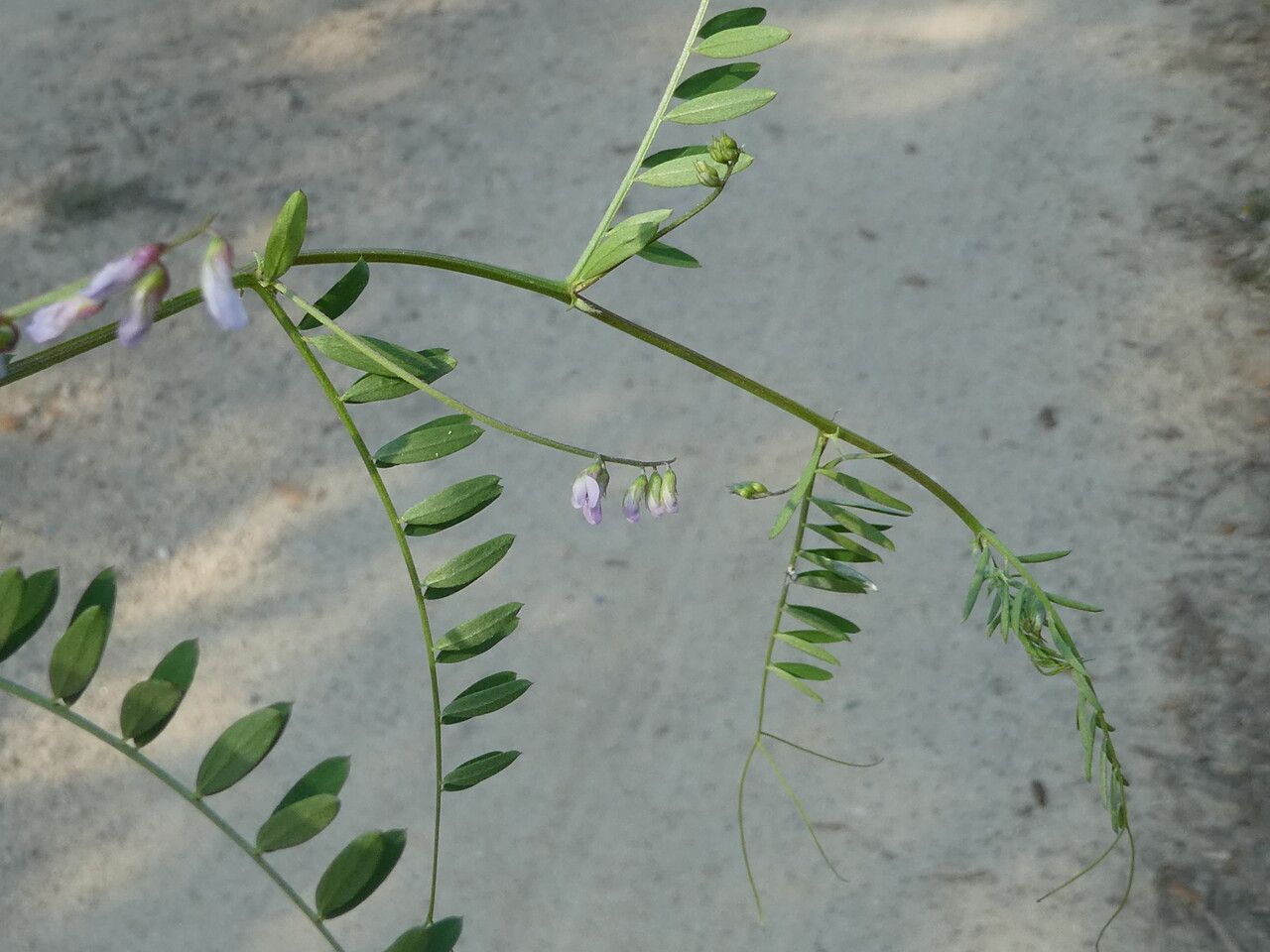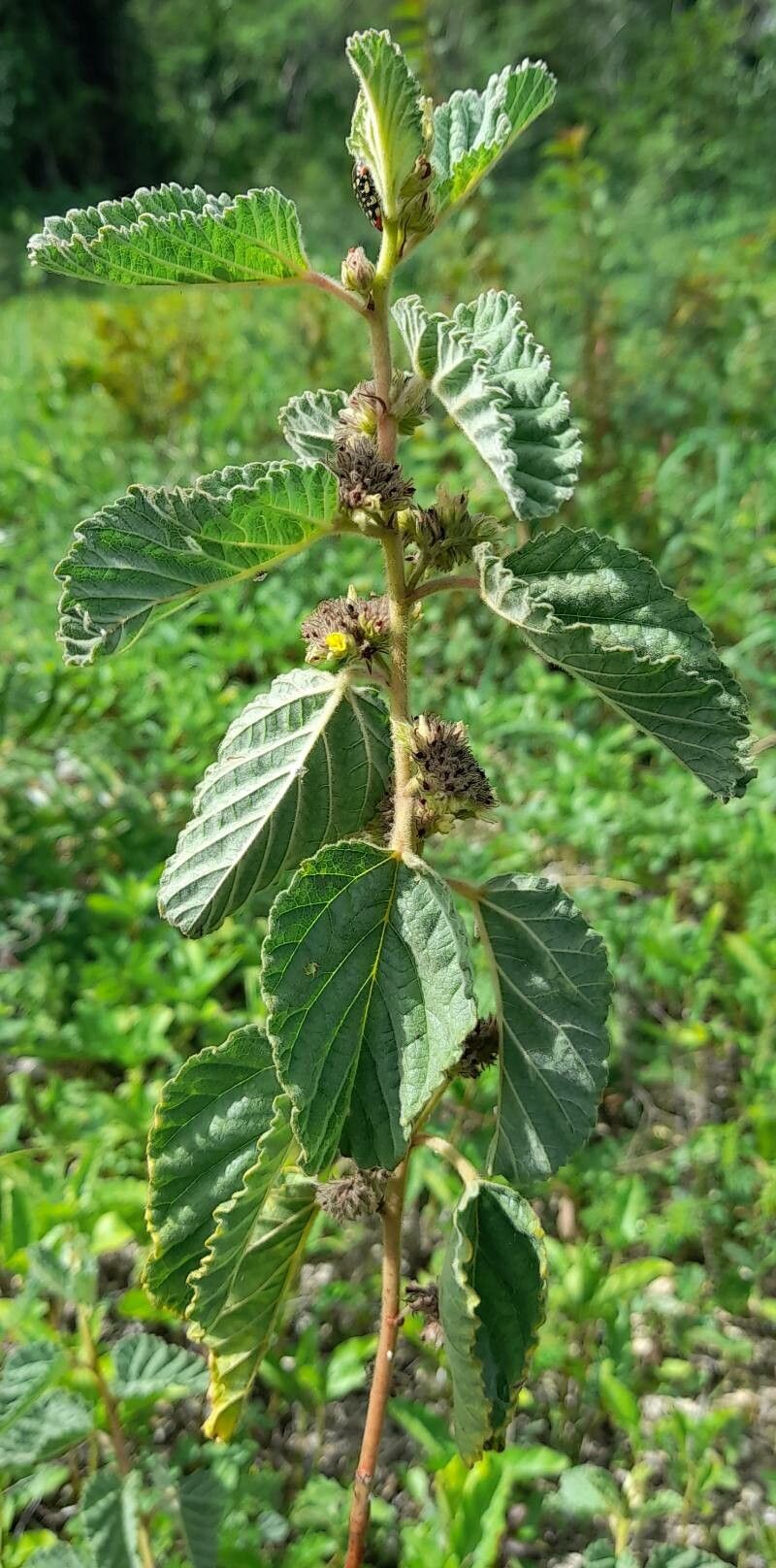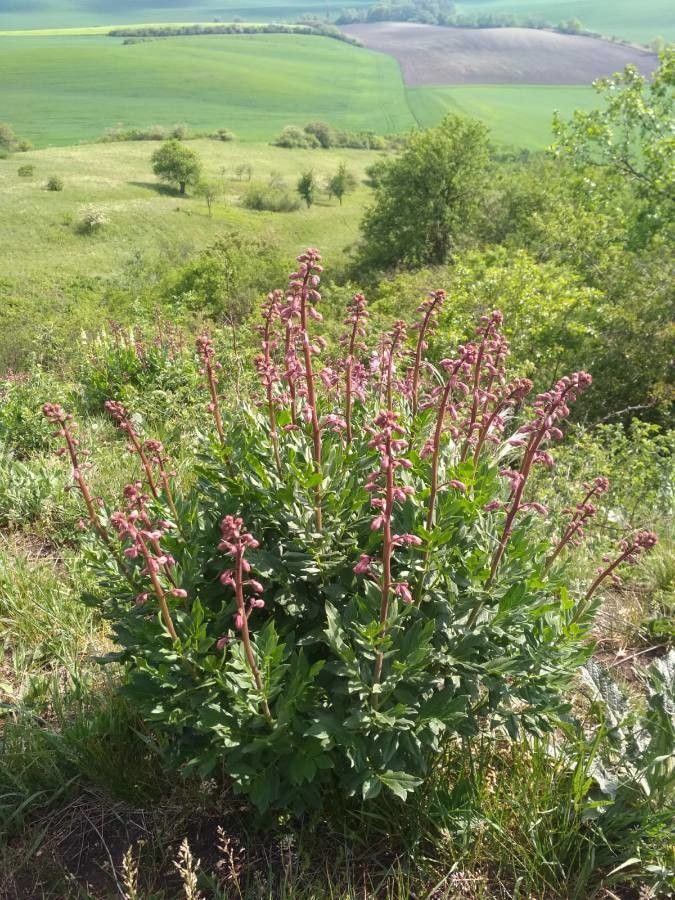## Hairy Tare: A Comprehensive Guide
Hairy Tare (*Vicia hirsuta*) is a common annual weed belonging to the Fabaceae family, better known as the legume or pea family. Its widespread presence in fields, gardens, and disturbed areas worldwide makes it a familiar sight, though often overlooked. This comprehensive guide will delve into the identification, growth habits, and management strategies for this tenacious plant.
### Identification
Identifying Hairy Tare is relatively straightforward once you know what to look for. Its delicate, hair-covered stems can reach up to 60cm in height. The leaves are composed of several pairs of small, oblong leaflets, ending in a branched tendril that helps the plant climb or trail along the ground. The most distinguishing feature is its small, white to pale lilac flowers, which are arranged in loose clusters. These flowers eventually develop into small, hairy pods containing several seeds.
### Habitat and Growth
Hairy Tare thrives in a variety of conditions, demonstrating its adaptability. It prefers full sun to partial shade and tolerates a wide range of soil types, though it favors well-drained soils. Its ability to self-seed prolifically contributes to its success as a colonizing weed. Hairy Tare often appears in disturbed areas, such as cultivated fields, roadsides, and neglected gardens, where bare soil provides easy access for germination.
### Impact on Gardens and Agriculture
While not considered a highly aggressive weed, Hairy Tare can compete with desirable plants for resources such as water, nutrients, and sunlight. In high densities, it can suppress the growth of crops and ornamentals. Its rapid growth and prolific seed production ensure its persistence, making consistent management crucial for gardeners and farmers.
### Control Measures
Effective management of Hairy Tare often involves a multi-pronged approach:
* **Hand-weeding:** This is effective for small infestations, especially before seed production. Remove the entire plant, including the roots, to prevent regrowth.
* **Cultivation:** Regular tillage can disrupt germination and reduce weed populations.
* **Mulching:** Applying a thick layer of mulch can suppress weed growth by blocking sunlight and reducing soil moisture.
* **Herbicides:** In more severe cases, selective herbicides can be used. Consult your local agricultural extension office for appropriate herbicide recommendations and application guidelines. Always follow label instructions carefully.
### Ecological Considerations
Despite its weedy nature, Hairy Tare plays a role in the ecosystem. As a legume, it can fix nitrogen in the soil, enriching it for other plants. It also provides a food source for some wildlife, including insects and birds.
### Conclusion
Understanding the characteristics and habits of Hairy Tare is crucial for effective management. By implementing appropriate control methods, gardeners and farmers can minimize its impact on their crops and maintain healthy, productive environments. Remember to always prioritize environmentally friendly practices and consider the broader ecological context before employing any control measures.
Hairy Tare: Identification, Growth & Control

Frequently Asked Questions
How to identify Hairy Tare?
Look for its delicate, hairy stems, small oblong leaflets ending in a branched tendril, and small, white to pale lilac flowers in loose clusters. The small, hairy seed pods are also a key identifier.
Is Hairy Tare harmful to my garden?
While not highly aggressive, Hairy Tare competes with other plants for resources. High densities can suppress the growth of desirable plants. Regular monitoring and control measures are recommended.


